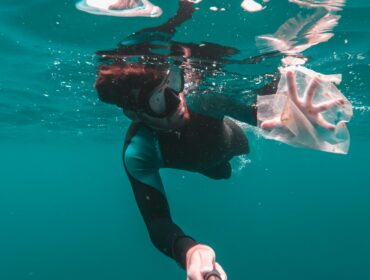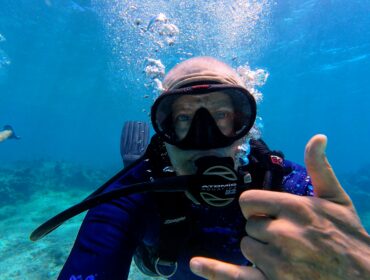Oceanic trash produced by mankind is clogging up our oceans and deteriorating living conditions for wildlife, as well as oceanside communities. The pollution that infests our seas ranges from oil spills to discarded plastics. Fortunately, the integration of three inventions is being used to clean up this man-made mess.
The Drifting V-Shaped System
Impressively, Boyan Slat was a high school student when he first created a blueprint for a system that has been projected to be able to rid the ocean waters between California and Hawaii of a large garbage patch. Three years after developing the initial design, Slat’s organization The Ocean Cleanup is getting closer to releasing a $31.5 million solution to oceanic trash.
The V-shaped system collects debris moved along by the ocean’s currents. In 2018, the system will be put to the test as it floats across the Pacific with the goal of cleaning up the Great Pacific Garbage Patch.
The Surfer’s SeaBin
With the invention of the SeaBin, surfers can partake in their favorite sport while simultaneously engaging in some community service. As its name suggests, the SeaBin is a bin or bucket that sits on the ocean’s service and sucks up oceanic trash.
Designed by two Australian surfers, the bucket combines a pump and filtration system to clean the ocean. In addition, the SeaBin has the ability to remove oil from the ocean water and then disperse the clean water back into the larger body of water. Only a small quantity of SeaBins have been installed around the world, but there are plans to distribute more bins in the near future.
From Plastic To Plaxx
Adrian Griffith’s new technology does more than just remove oceanic trash from open waters, it recycles the debris too. The large machine, nearly the size of a tennis court, converts plastics into an energy-producing oil called Plaxx.
The machine vaporizes the oceanic trash, mostly a mixture of plastics, before converting it into a wax-like substance. This conversion process is known as pyrolysis and engineers at the University of Warwick have been experimenting further with what can be done with the final product.




